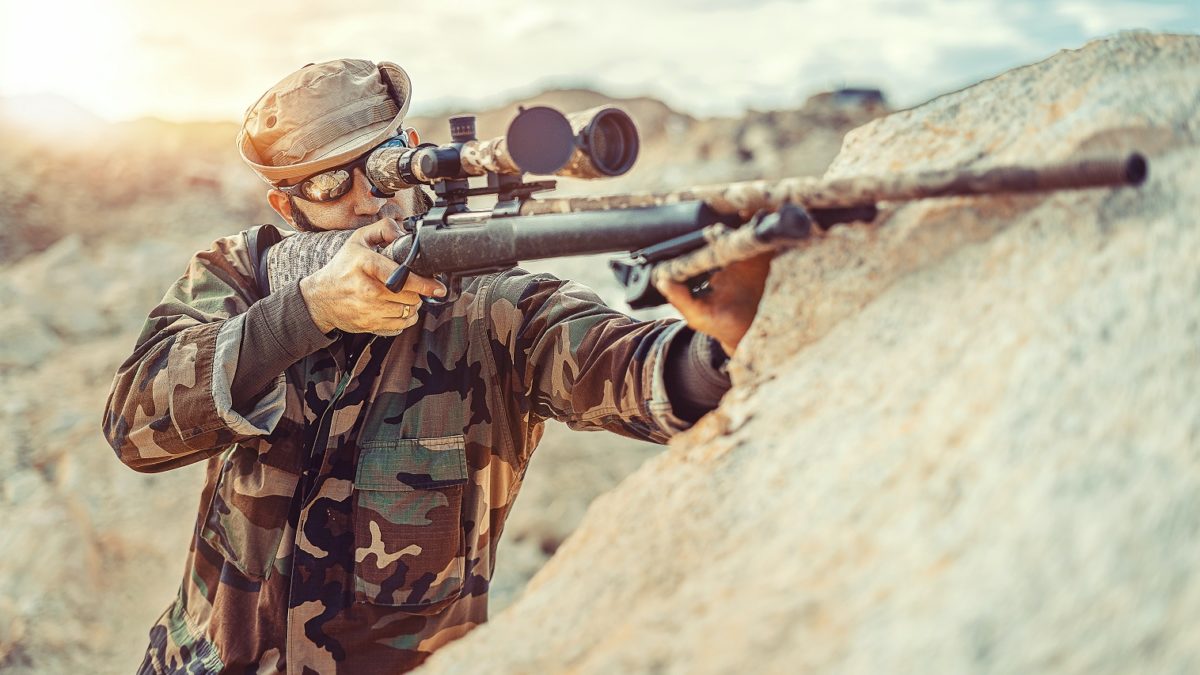
How to Assess the Level IV Body Armor Standards
While NIJ testing suggests that every armor Level IV plate can withstand a single M2AP 30-06 round, a few plates exceed this certification. In addition, many Level IV ceramic armor plates can withstand a startling number of lower-powered bullets, such as 9mm, 5.56mm, and others whose impact force is far lower than that of M2AP. Each ceramic plate can withstand repeated blows. Each Level IV plate of armor may weigh between two and nine pounds, depending on the manufacturer’s design and plate size. The cost of ballistic materials increases as their weight drops, as lighter materials are significantly more costly.
While it has been demonstrated that the greatest level IV armor can kill a 50 BMG under highly controlled and precise conditions, armor level IV should never be relied upon to defend against a 50 BMG. With so many variables, such as wind resistance, air pressure, back face deformation, bullet construction, round powder load, and distance from the target, a bullet capable of destroying an engine block in a moving vehicle or humanely killing an elephant at 1,000 yards will kill you regardless of whether your armor plate “catches” the bullet.
Steel armor Level IV plates originally existed, but due to reasons such as its weight, spalling, and inadequate heat treatment, steel is not recommended for use as body armor. Steel body armor is no longer available commercially, most likely due to its overall weight and inability to withstand high velocity steel gunfire, the minimum requirements for NIJ Level IV armor certification. The best level IV body armor plates are often made from ceramic and composite materials alone. If the best level IV body armor were made from steel, each plate would weigh between 12 and 15 pounds, if not more. It becomes more robust and defensive as a result.
For more articles, please click here.